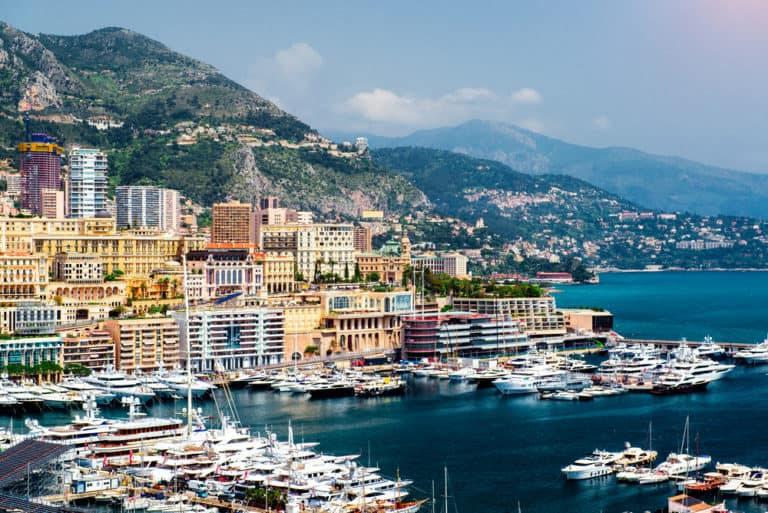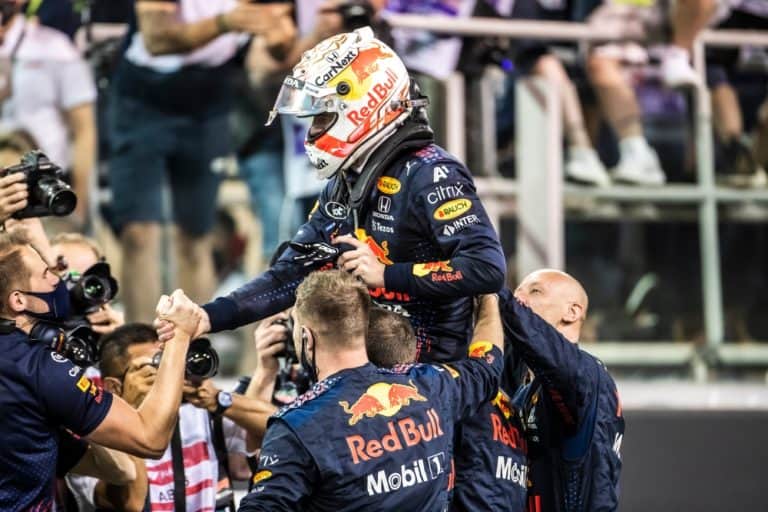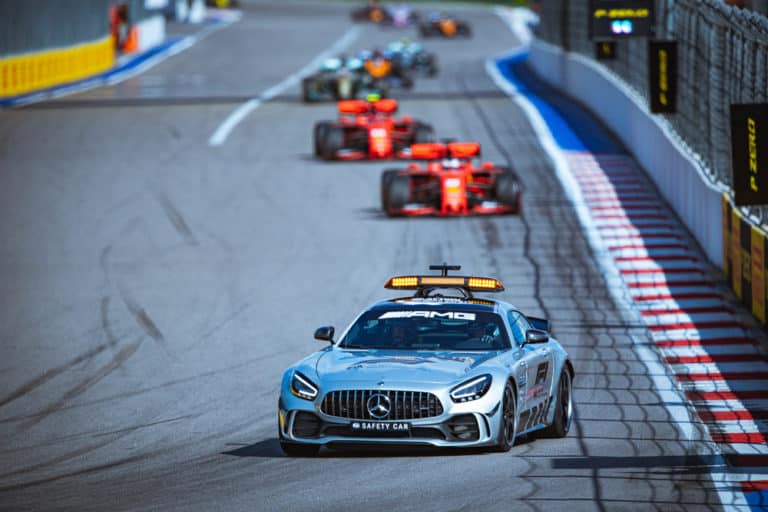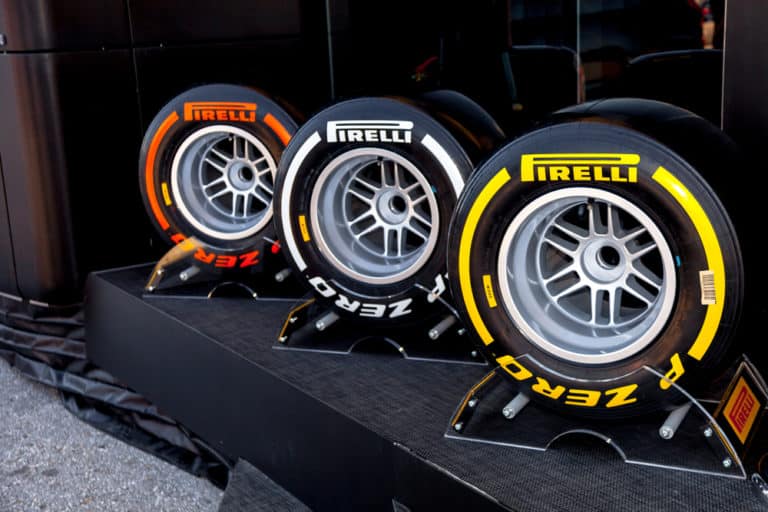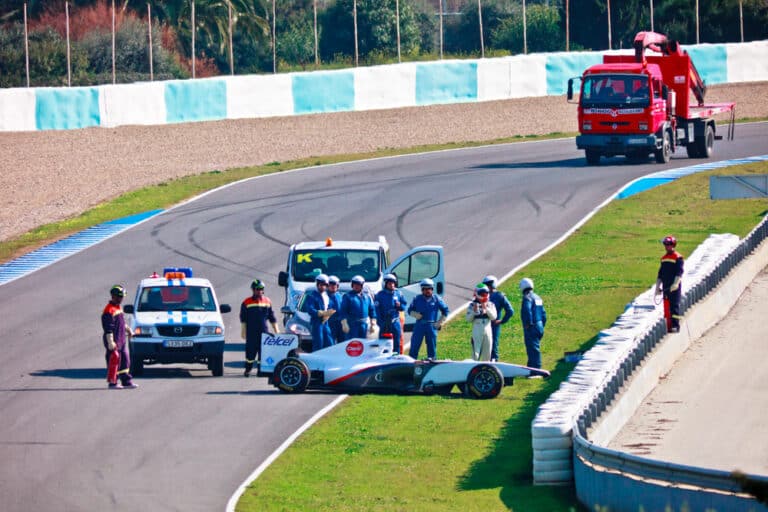Formula 1 is regarded as the pinnacle of motorsport, with around 70 million enthusiastic fans glued to their seats on every race day globally. The World Rally Championship is another popular competition in motor racing where the competition aims, as well as the rules and regulations, differ significantly from F1.
The skills set required for each of the motor racing, F1, and rally disciplines differ somewhat. Successful drivers usually excel in their chosen category of racing only and tend not to do as well when their roles are reversed, except for in exceptional cases.
Asking whether a rally driver or an F1 driver would fare better if their roles were reversed is not unlike asking if a long-distance marathon runner and a track sprinter competed in each other’s races, who would come out on top.
They are both runners, yet the skills and physiology needed to excel in their respective disciplines differ vastly. There are, however, some interesting observations to consider.
If you’re looking for some F1 merchandise, check out the awesome stuff at the official F1 store here.
Formula 1 Vs. Rally: A Basic Guide
Before looking at the drivers themselves, and because F1 and rally racing differ so significantly, it’s important to look at the background elements for each of these motorsport disciplines, as these factors are critical in determining which unique qualities are determinants for a successful career in each of these motorsport disciplines.
Apart from the drivers and driving styles, the main differences between these F1 and rallies are the physical characteristics of the cars, the tracks or circuits on which they compete, and of course, the rules and regulations governing each of these motorsports in general.
Although it’s a tough driver comparison, and there is a lot to consider between the two, these factors are what set the two motorsport types apart:
F1 Vs. Rally: The Rules
In F1, cars compete in teams of two dedicated drivers, and points are earned in respect of the position held when crossing over the finishing line. After every race, points are awarded to each driver and tallied at the end of the season to determine the overall winner.
For every race, the winner gets 25 points, the runner-up gets 18 points, and 3rd place gets 15. The first ten over the line earn points.
At the end of the season, the teams tally their points together for both drivers to determine the constructors’ total points. That is why it’s possible for a Ferrari driver, for example, to win the driver’s championship for the season, and the constructors win to go to Red Bull.
It effectively means that the overall performance in terms of placement in all the races has gone to Red Bull rather than Ferrari.
Each event consists of three practice sessions on Friday and Saturday, which enables drivers to familiarize themselves with the circuit and iron out any mechanical or performance issues.
The qualifying race runs on Saturday to determine the grid positions for the main race held on Sundays. The duration of the race is usually under 2 hours unless there have been any race suspensions.
In the WRC rally championship, points are also allocated to driver wins, manufacturers, and also co-drivers or navigators, with a similar scoring system, 25-18-15-12-10-8-6-4-2-1.
Each event also typically concludes with a Power Stage, and bonus points are awarded to the five quickest drivers on a 5-4-3-2-1 basis.
Instead of competing head-to-head on a dedicated and well-prepared surface as in F1, rally car races are held on closed-off public roads on all terrains and in any weather conditions.
It’s a timed race, with the cars battling against the clock and the elements to finish each of the 15 to 25 stages as quickly as possible. A co-driver reads maps called pace notes and warns the driver of upcoming hazards.
The race format starts with a two-day pre-race recce at a lower speed to practice the route and for navigators to prepare their pace notes. On Thursday morning, they do a full-pace dry run to fine-tune their cars and strategies for the main event.
The main race starts on Thursday afternoon and runs over three days, finishing on Sunday with a closing Power Stage as the last chance to grab some extra bonus points.
F1 Vs. Rally: The Cars
F1 cars are pure racing cars, designed and constructed from the ground up. They are open-cockpit and open-wheeled vehicles made of carbon fiber and other composite materials, with custom-built engines and racing accessories or gadgetry that makes them fit for the purpose of racing.
Rally cars, by contrast, are street-legal cars that have been modified for racing. They have to be registered as legal road cars due to the fact that in some race stages, they are required to traverse public roads and are expected to adhere to normal traffic rules.
They are not as fast as F1 cars naturally and have modified suspensions and underside protection to handle adverse road conditions.
F1 Vs. Rally: The Track
In F1, the circuits that the cars race on are strictly monitored and controlled. Countries that aspire to host an F1 race need to ensure the surfaces of the tracks they offer are smooth and safe and are granted an FIA Grade 1 license to host an F1 event if their application is successful.
Additionally, F1 tracks are closed-loop, dedicated circuits to which the drivers become accustomed. This mean that the drivers usually know which turns in the race are coming up next.
Some circuits are mapped out on public roads, such as the Monaco Grand Prix and the Baku City Circuit in Jeddah, Saudi Arabia.
Rally cars race from point to point on a course rather than a circuit. The main difference to F1 is that they race on gravel as well as tarmac, sometimes even across or through rivers and swamps, and in all weather conditions.
Parts of the course include navigating windy forest trails and jumps, which require the driver to use the handbrake skillfully.
In rally, or WRC as it is known (World Rally Championship), there are between 15 and 30 stages, and through all kinds of terrain on public roads.
Rally drivers usually don’t know what is ahead of them and rely on a co-driver or navigator that reads maps to call out upcoming corners or obstacles, allowing the driver to focus on the task of driving the car instead.
Speed And Performance
One of the biggest notable differences between F1 and WRC is the speed at which these cars perform. F1 cars are bred specifically for speed and cornering, and all the design elements that go into building one of these beasts are done with that sole purpose in mind.
This is why F1 is considered to be the fastest motorsport in the world. Their top speed regularly peaks at over 220 mph on the straight.
Cornering in F1 is sometimes done at 190 mph, a speed that a rally car cannot achieve even at full throttle.
From a physical point of view, the strain of driving at that speed takes a heavy toll on the drivers, sometimes subjecting them to a lateral g force of 4 or 5. This puts enormous pressure on the driver’s neck and spine, more so than the vertical g forces applied to a jet pilot.
Although rally cars do not reach anywhere near these speeds, they are by no means slow. These cars are modified for quick acceleration and handling. Rally cars fly over jumps or drift around dirt corners at well over 100 mph. This type of handling would not be seen in F1. The cars would simply fall apart.
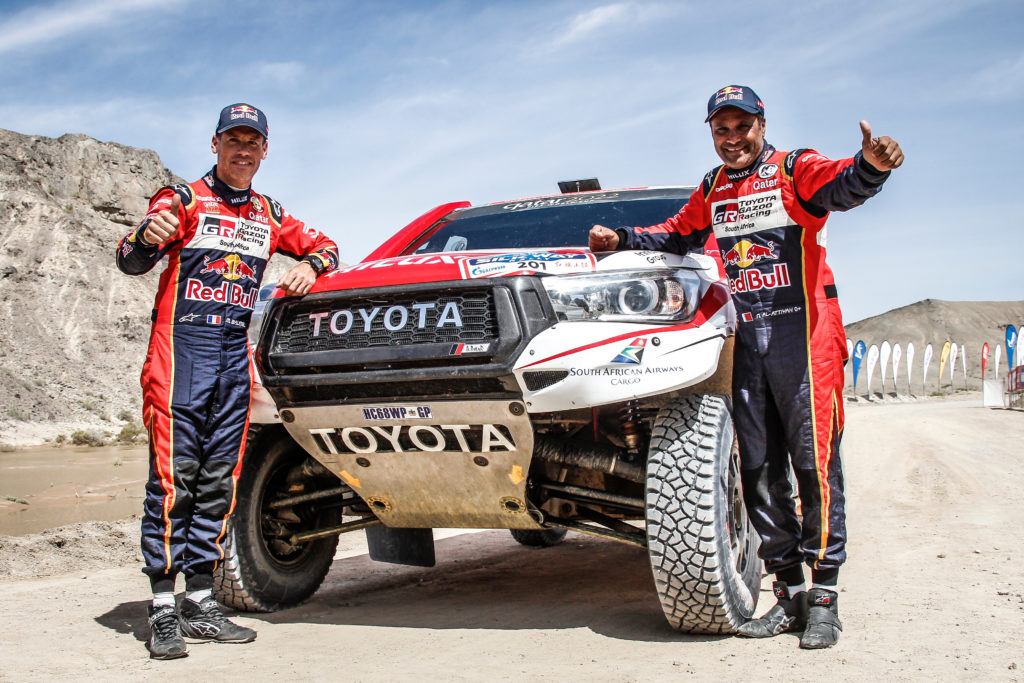
Driving Conditions
F1 does cater to rainy road conditions by employing wet weather tires to improve safety. And although F1 cars do not come with ABS brakes or stability and traction control that we take for granted in our standard passenger cars, races mostly go ahead, even in adverse weather.
With poor visibility in the rain, especially considering the close following distances between cars, which kicks up a lot of water spray, F1 drivers will naturally slow down during a downpour, and a driver’s individual skill will take precedence over raw engine power.
This makes for a slower race and potentially contributes to an increase in incidents on the track which can affect the outcome of a race.
WRC does not make exceptions for poor weather. Come rain or shine; the show must go on. Races regularly take place in snow or icy conditions; the drivers are expected to cope. Although potentially more dangerous under these conditions, the fact that cars compete against the clock instead of in close proximity to each other does reduce the overall risks.
F1 does usually take place in good weather conditions, and the drivers usually experience good visibility. In WRC, with drivers not knowing fully what is coming up, the additional stress of dealing with mist, fog, rain, and snow takes its toll.
Rally drivers need to have nerves of steel and a lot of trust in the capabilities of their navigators.
F1 Vs. Rally: Driver Skills
The skillset required to be a race car driver does not vary greatly between different types of motorsports. They all need to be highly competitive with an outstanding degree of mental and emotional fortitude.
There are some skills; however, that may be more or less important across all racing disciplines, and F1 or rally is no exception. Both require a high degree of skill, but in different ways.
Both sets of drivers spend many hours getting to know their cars intimately in anticipation of performing at their peak. It’s a case of man and machine.
You can’t put a rally driver into an F1 car and expect him to understand what all the buttons on the steering wheel do. You also can’t put an F1 driver into a rally car and expect them to control the car effectively on ice or snow.
Rally drivers are well regarded as the most skilled in motorsport. The twisting, turning, and all-terrain courses that they have to tackle in a race test their driving abilities to the limit.
They also need to be in peak physical condition to last the duration of a three-day race and often are up late at night fine-tuning their strategies.
In F1, mechanical or technical problems are dealt with in the pits. The cars routinely pull into the pits when problems arise that require repairs or adjustments. Rally drivers need to be mechanically skilled.
In rally, competitors are allowed mechanical services at pre-determined times throughout the stages, and the cars are locked up at night with no access from the team members.
These services are strictly governed, and if a breakdown occurs during the race, the drivers and co-drivers need to be suitably skilled to carry out any on-the-spot repairs themselves. To this effect, they carry a limited supply of tools and spares on board.
Formula 1 drivers are regarded as a collection of the best drivers in terms of pure speed. F1 drivers must also be incredibly adept at wheel-to-wheel driving, whereby they must learn how to drive astride in close proximity without causing a collision.
F1 driving strategies are precise and consistent, and drivers need to be smooth with their steering, throttle, and braking. The main aim of driving an F1 car is to be gentle, accurate, and drive the exact same line as the previous lap. The more consistently you drive, the faster the lap will turn out overall.
Although F1 drivers have to be highly attentive to detail and have the ability to deal with very high-speed maneuvers, the circuit, under normal conditions, can be considered to be somewhat predictable during the course of a particular race. At least insofar as in comparison to a rally course.
WRC drivers are much more aggressive. They have to constantly pound the throttle, steering, clutch, and brakes to deal with unpredictable corners. The cars are robust and designed to handle this kind of abuse, including many jumps, drifts, and handbrake turns.
Conclusion
There’s not a lot that separates the basic skills required to pursue a successful career in either F1 or WRC rallies. And despite these subtle differences, the main factor contributing to a winning formula is patience and consistent practice, which can only be achieved by spending many hours on the track.
Most transitions from one motorsport type to the other have been from F1 to rally. Overall though, experienced drivers usually already possess all skills needed for both, and there have been several successful career moves, including Carlos Sainz, whose father, Carlos Snr himself, was a two-time WRC champion, and WRC champion Sebastian Loeb who tested very successfully in F1.
Formula 1 driver Carlos Reutermann transitioned to rally and won the WRC championship twice. Kimi Raikonnen and Robert Kubica have also switched from rally to F1.
References
- https://en.wikipedia.org/wiki/World_Rally_Championship
- https://www.quora.com/Are-rally-drivers-better-drivers-than-F1-drivers
- https://www.technogym.com/gb/wellness/the-10-essential-qualities-of-a-formula-one-champion/
- https://www.wrc.com/en/more/about-wrc/what-is-wrc/
- https://en.wikipedia.org/wiki/2021_World_Rally_Championship#Scoring_system
- https://www.sportingnews.com/us/fia-f1-world-championship/news/formula-1-beginners-guide-scoring-system-rules/dwtlsqkyd9g0eefqpf6kpeqp
- https://www.reddit.com/r/formula1/comments/1wsuc9/f1_drivers_in_wrc_and_other_disciplineshifting/
- https://www.quora.com/Putting-an-F1-driver-in-a-rally-car-and-a-rally-driver-in-an-F1-car-who-would-perform-better


